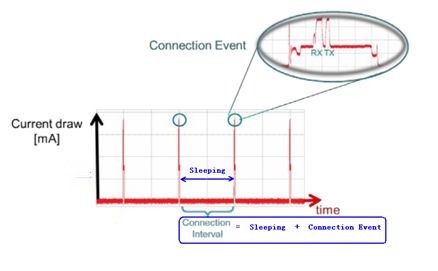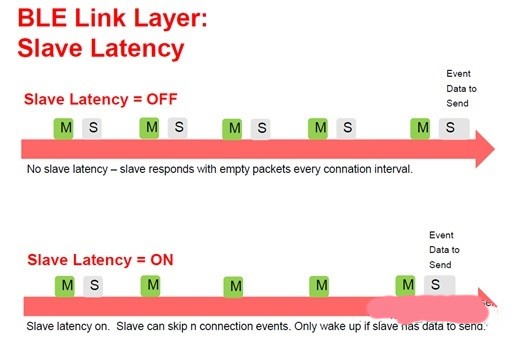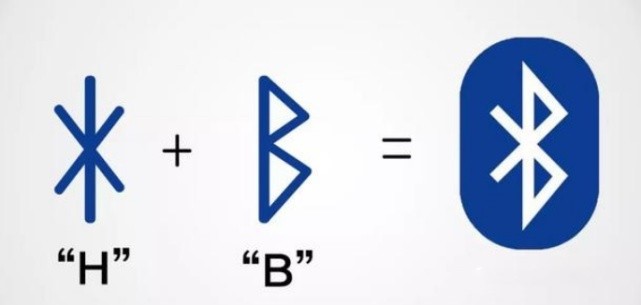How to Reduce Consumption and Increase Connection Speed of BLE Devices
As we know, BLE is a low-power Bluetooth technology, which can effectively reduce the power consumption of Bluetooth devices, so that the device can have a longer work time under the condition of battery power. But you may not know that even the same BLE device will produce different power consumption rates under different usage conditions. What will cause the power consumption of BLE devices to change?
The BLE host device is generally in one of the three states of standby, scanning and connection, while the BLE slave device is in one of the standby, broadcast and connection states. When the BLE device is not connected, the device will wake up intermittently and perform broadcasting and scanning. Except for the time of broadcasting and scanning, it will enter the sleep state for the rest of the time to ensure lower power consumption.

So, what are the things that can affect the specific low power performance of a BLE device?
1. The broadcast (scan) interval of the device.
When the device is not connected, the BLE device will continue to broadcast (scan) intermittently. The shorter the interval between each broadcast (scan), the more times the device wakes up per unit of time. This increases the power consumption of the device. Therefore, reasonably increasing the broadcast (scanning) interval of the BLE device can effectively reduce the power consumption of the device. However, in addition to affecting the low-power performance of the device, the broadcast (scanning) interval of the device will also affect the connection speed of the device. An excessively long broadcast (scanning) interval will significantly reduce the connection speed of BLE and affect the user experience. Therefore, between low power consumption and connection speed, users need to make a trade-off and choose a level that is acceptable to them.
2. The duration of the device broadcast (scan).
In the broadcast (scanning) mode, the principle of the duration of each broadcast (scanning) of the device is similar to the interval mentioned above. The longer the duration of the broadcast (scanning), the longer the device will wake up in a unit of time. The longer it is, the shorter the sleep time will be, which will increase the power consumption level of the device. Similarly, the longer the broadcast (scanning) duration, the faster the connection response of the device can be effectively improved.
3. The connection interval of the device.
After the device enters the connection mode, the BLE host device will send a connection event to the BLE device, and the device will immediately reply to the event after receiving the event to notify the host device that the connection link is normal. The sending and replying of this data is the time when the power consumption of the entire BLE connection is the highest, so if the connection interval can be increased, the average power consumption level per unit time can be effectively reduced, and the power consumption can be effectively reduced. However, as mentioned before, reducing the power consumption of the device by increasing the connection interval will slow down the communication response speed of the device, so when adjusting this parameter, it is necessary to consider whether the communication speed can be accepted by the user.

4. Slave ignores
Slave ignore is the number of events that the device can ignore when connected. In each connection, the BLE host will send data first, and then the device will reply. If the host does not receive a reply, the host will think that the device status is abnormal. However, after setting the slave delay times, the device will be allowed to not reply to the host for a certain number of times. Failure to reply within the set number of times will not cause the host to judge abnormally. This reduces the overall power consumption of the device by reducing the number of replies.


